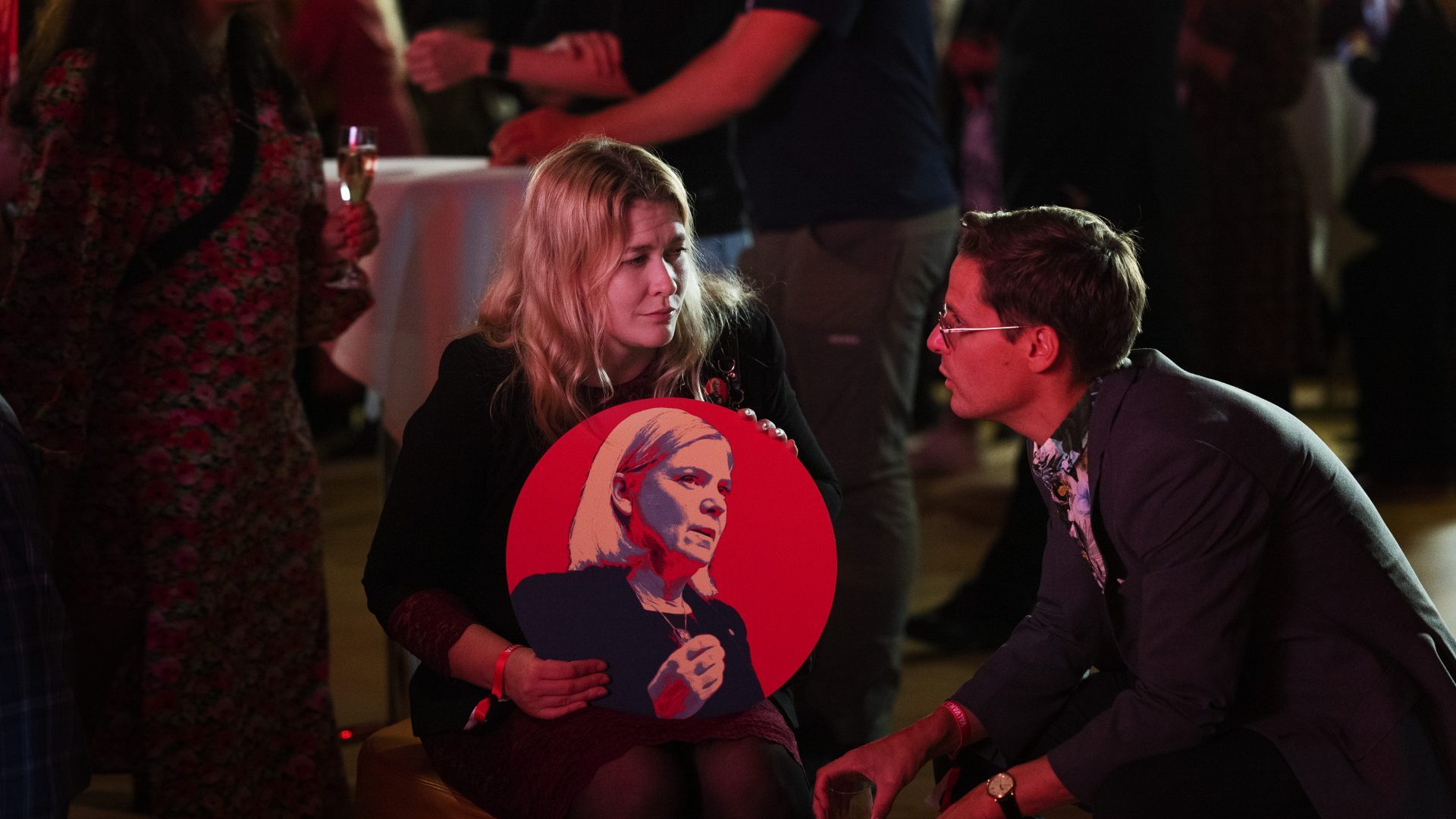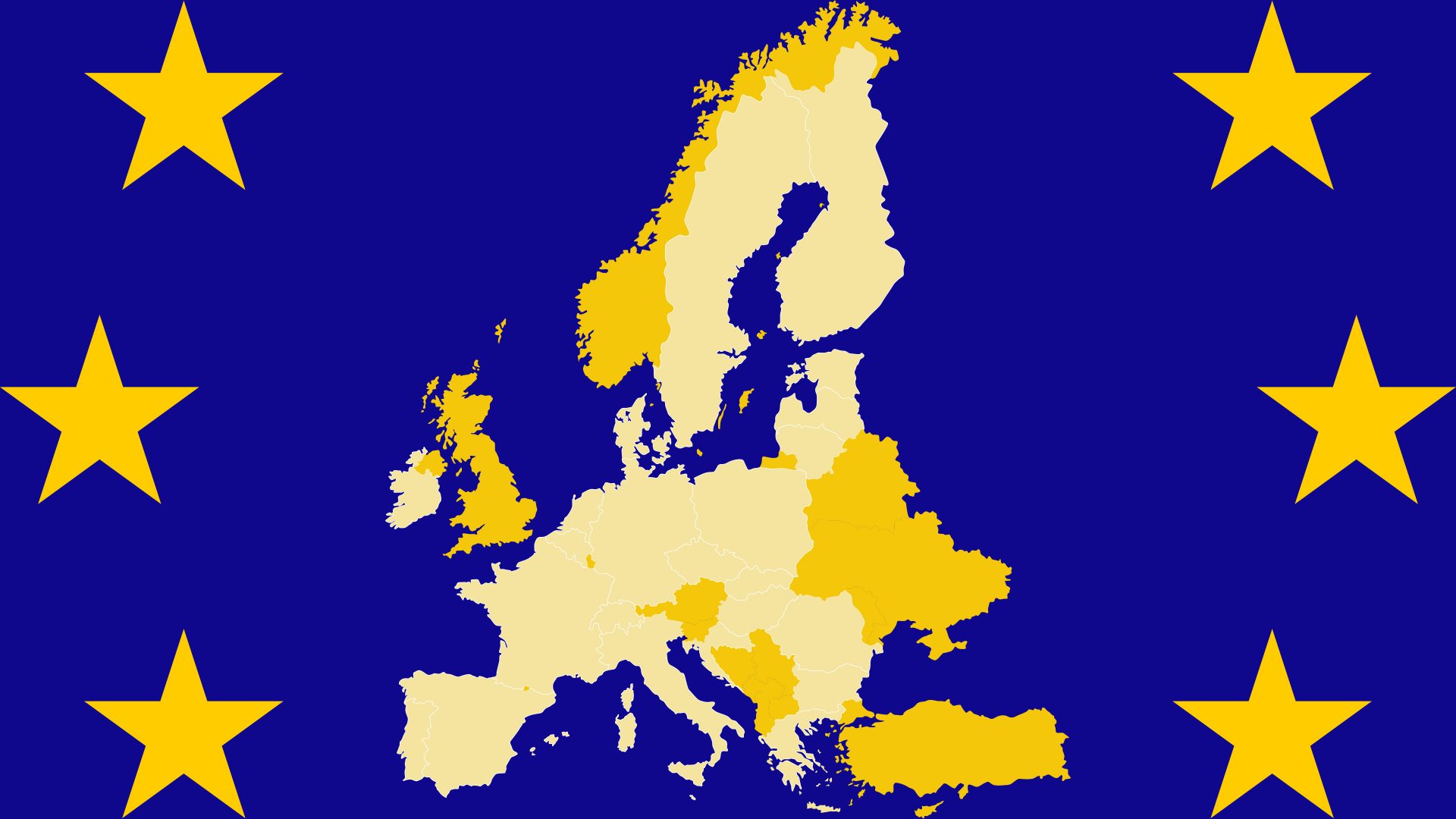Jimmie Åkesson’s career shows what you can achieve by persistence. The Sweden Democrats – a far right party with roots in neo-Nazism – were polling 1.4% when he took over as leader in 2005. Last week they scored 20%, turning Akkeson into the kingmaker for a coalition of Liberals, Christian Democrats, “Moderates” and his own party, which is set to take power in a country that was once the icon of social liberalism.
How a “cleaned up” party of ethnonationalists moves from the fringes to the position of power broker should, by now, be no mystery. Åkesson has simply followed the recipe established by Marine Le Pen in France, the Finns Party in Finland, Vox in Spain and the Brothers of Italy – whose leader Giorgia Meloni looks set to pull off a similar feat.
The ingredients are: a modernised far right ideology; a conservative mainstream that’s drawn to this new way of thinking and incapable of defending its own; media and technology companies determined to sanitise fascism for profit; and a society whose liberalism turns out to be fragile in the face of non-white immigration.
Before we panic, we should note that Magdalena Andersson, leader of the Social Democratic Party and Sweden’s first female prime minister, actually increased her own party’s vote by two points, to 30%. And the victory of the right wing bloc was narrow – leaving it with just a three-seat majority.
So Åkesson’s party, which will not have ministers in government but will call the shots, can be contained if the Swedish left and centre wakes up to the danger.
But Swedish politics are now polarised. The Social Democrats, Greens and Left parties won massively in the cities and the rural North. The right/far right block made advances in rural areas of South-East Sweden that – like our own Red Wall – are solidly working class and were once solidly left.
Åkesson’s party combines technically sanitised far right politics with provocative language and behaviour typical of fascist-adjacent populists. In 2020, Åkesson arrived at the Greece-Turkey border with leaflets telling Syrian refugees “Sweden is full. Don’t come to us!”
Sensitive to its roots in the white supremacist right, the party ostensibly adopted a “zero tolerance for racism” strategy. But on election night itself, Rebecka Fallenkvist, one the party’s TV influencers could not resist making a pun on the Swedish version of “Sieg Heil” – which she said was done to “provoke overinterpretation” before, later, claiming to have been merely drunk (the phrase sounds like “victory weekend” pronounced backwards).
Other countries have seen mainstream liberalism and conservatism throw a cordon-sanitaire around the populist and extreme right. In neighbouring Finland, for example, the rise of the Finns Party to above 20% forced the Social Democrat, Green, Centre, Left and Swedish language parties to form a centre- eft coalition. This made it impossible for the conservatives to form any kind of government with the far right, and removed the temptation to do so. Åkesson’s chance came when the Swedish Moderate Party, which had disavowed a coalition with the far right, flipped into a de facto electoral alliance with them.
And the driving force? The ability of the right and far right, together with the tabloid media and social media, to successfully link violent crime and immigration in the popular imagination.
At a time when Swedes are worried about the rising cost of living, and the threat of Russian aggression, the election campaign saw all these issues sidelined in favour of the right’s central narrative – that non-white Muslim migrants are leaving a trail of violent crime across hitherto peaceful Swedish communities. This includes a rise in rapes, the creation of “segregated neighbourhoods” which make integration impossible and at a cost that reduces Swedish-born people’s access to welfare benefits. Consequently, asylum rights must end and foreign-born criminals be deported.
The election campaign proved with absolute clarity what we already know from Italy, Spain and the UK. Presented with such arguments, the moral fibre of mainstream conservatism routinely crumbles. The parties of the centre right simply adopted the racialised, logic of the far right, telling voters they would deal with the problem technocratically, with less extreme language.
Instead of containing the far right, this approach rocketed them into pole position.
The Greens, Social Democrats and the Left, meanwhile – rooted as they are in progressive, young, urban demographic – could not allow themselves to have the conversation effectively. In addition, each of the progressive parties is hobbled with its own obsession: the Left with opposition to Nato membership, the Greens with opposition to nuclear power, the Social Democrats themselves nursing the legacy of the Covid-19 pandemic, in which they took an anti-lockdown stance
What do we learn from this? The surge of Åkesson’s party confirms that – egged on by media companies for whom social antagonism equals profits – around 20% of the population in most European countries are prepared to vote for parties advocating proto-civil wars against their immigrant minorities. They are almost always in areas that were once industrialised; almost always from the least educated section of society; and impervious either to reason or concessions.
The question has become not “how do we stop men like Akesson scoring 20%?”, but how do we immunise the next 30% of traditional centre right voters against the ideology, and their leaders from electoral co-operation? From Trump’s Republican Party to Spain’s Partido Popular, to our own Tories, the answer turns out to be: with difficulty.
Because the unacknowledged fact of modern conservatism is its ideological hollowness. In many countries the parties of the centre right became mere avatars for deregulation and financial capital. On issues “the market” cannot solve they have no philosophical hinterland, no belief system other than the nationalism, soft racism and nostalgia that once kept hardline racists inside their voting blocs, but now no longer does.
Åkesson’s party, with its neo-Nazi fringe and its ugly social media rhetoric, is a classic example of what Hannah Arendt called “the temporary alliance of the elite and the mob”. The only way such alliances were ever beaten in the 20th century was though an alliance of the centre and the left, in defence of democracy and social justice.
You have to link arms and block the far right’s route to national office so consistently that their supporters give up, or turn in despair back to the extremes where law enforcement – as in the US – can do its work. And, without giving an inch to the mythology of “immigrant violence”, you have to give the police powers to fight crime.
Sweden’s Left and Green Parties both lost seats in this election, in part, likely, because the Social Democratic Party cannibalised their votes. It shows, once again, that where social-democracy can be a learning organism – learning above all from the failures of the neoliberal era – it remains the only effective bulwark against the rising threats to democracy and tolerance.




